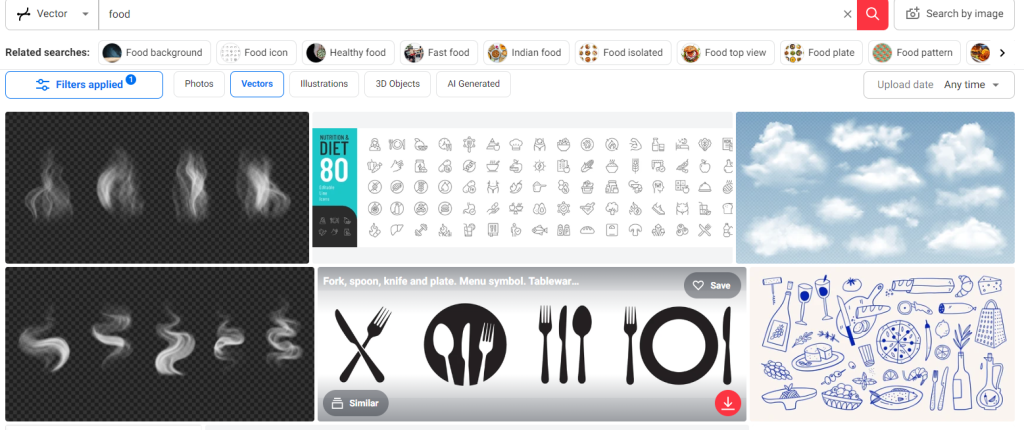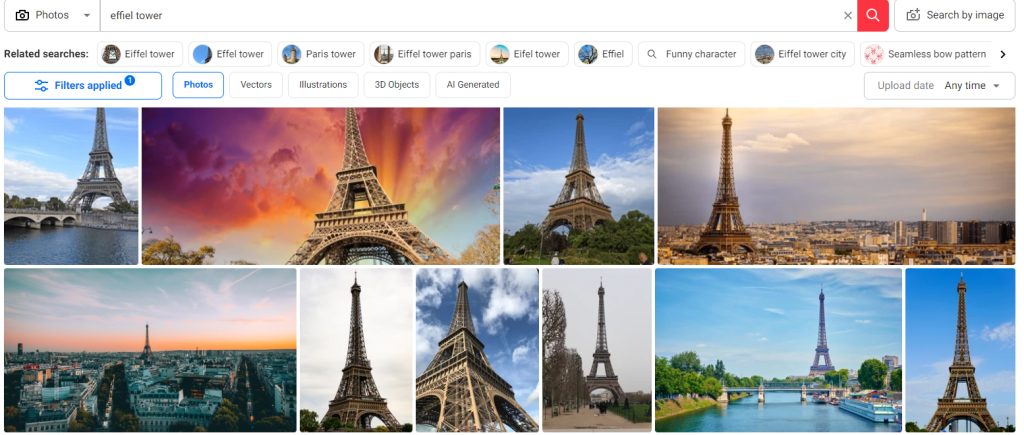Shutterstock Review: How It Stands Up Against Competitors in 2024

Shutterstock is a name that resonates with creative minds around the world. With its vast library of images, videos, and music, it has become a go-to resource for marketers, designers, and content creators alike. But as we step into 2024, you might be wondering how Shutterstock measures up against its growing list of competitors.
Is it still the reigning champion in stock media? Or have alternatives emerged that offer better value or features? In this review, we’ll dive deep into what Shutterstock offers today. From key features to pricing plans and user experience, we’ll explore every angle so you can make an informed choice about your next project’s visual needs. Let’s get started!
Introduction to Shutterstock
Shutterstock has long been a heavyweight in the world of stock photography and digital assets. As we step into 2024, it faces an increasingly competitive landscape filled with new players and innovative services. But how does Shutterstock hold up against these rivals? From its extensive library to user-friendly features, this review dives deep into what makes Shutterstock tick and whether it still reigns supreme in the realm of visual content. Whether you’re a marketer, designer, or simply someone looking for eye-catching imagery, understanding where Shutterstock stands can help you make informed choices about your creative projects. Let’s explore what this platform offers and see if it truly delivers on its promises!
Shutterstock has long been a heavyweight in the world of stock photography and digital assets. With its vast library filled with millions of images, videos, and music tracks, it caters to creatives from all walks of life—marketers, designers, bloggers, and more. As we step into 2024, many are wondering: how does Shutterstock stack up against its competitors? In a landscape bursting with alternatives like Adobe Stock and Getty Images, the competition is fierce. Let’s dive into what makes Shutterstock shine bright while exploring areas where it may fall short. Whether you’re a seasoned professional or just starting your creative journey, understanding these nuances can help you make informed choices about your visual content needs.
Key Features and Services Offered
Shutterstock shines with an extensive library of over 400 million images, videos, and music tracks. This vast selection caters to various creative needs, from marketing campaigns to personal projects. One standout feature is the advanced search functionality. Users can filter by orientation, color palette, and even image type. This makes finding the perfect visual quick and efficient.
Shutterstock also offers a robust editing toolset that allows users to customize their selected content directly on the platform. You can crop images or adjust colors without needing external software. The platform supports teams with collaborative features allowing multiple users to access shared collections seamlessly. Plus, its API integration means businesses can incorporate Shutterstock’s offerings into their own applications effortlessly. With regular updates and fresh content added daily, it remains relevant in a fast-paced digital landscape. Whether you’re a small business owner or part of a large corporation, Shutterstock has something for everyone.

Pricing and Plans Comparison with Competitors
Shutterstock offers a variety of pricing plans tailored to different needs. Users can choose from subscription options or pay-per-image models. This flexibility makes it easier for both individuals and businesses. When compared to competitors like Adobe Stock and Getty Images, Shutterstock’s pricing is competitive but often leans towards the mid-range. While Adobe focuses on bundle deals that include creative software, Shutterstock sticks primarily to image licensing.
For casual users, the single image purchase option may seem appealing. However, frequent buyers might find value in their monthly or annual subscriptions, which provide significant savings over time. Competitors often offer similar tiered structures but vary in terms of usage rights and content quality. Knowing these differences can help you make an informed choice based on your specific requirements and budget constraints.
User Experience and Interface
Shutterstock’s user experience stands out due to its intuitive interface. Navigating the platform feels seamless, whether you’re a first-time visitor or a seasoned designer. The search functionality is robust. Users can filter results by color, orientation, and even image type. This makes finding the perfect asset quick and easy. Each image page offers detailed information about licensing options and resolution sizes. The layout is clean, allowing for an efficient workflow without distractions.
Additionally, the site features curated collections that inspire creativity. These collections showcase trending images tailored to various industries. Mobile usability deserves mention too. Shutterstock’s app provides access to millions of assets on-the-go while maintaining functionality similar to the desktop version. It creates a solid balance between accessibility and depth of content—ensuring users remain engaged throughout their creative process without unnecessary hurdles in their way.

Customer Support and Reviews
Customer support can make or break a user’s experience with any service, and Shutterstock is no exception. The platform offers several channels for users to seek assistance, including email support and an extensive help center packed with tutorials and FAQs. This ensures that both novices and seasoned professionals have the resources they need at their fingertips. User reviews about Shutterstock’s customer service are mixed. Some users appreciate the quick responses from the team, while others report delays during peak times. However, many agree that once connected, representatives tend to be knowledgeable and helpful in resolving issues.
When it comes to community feedback on platforms like Trustpilot or G2 Crowd, opinions vary widely. Many creative professionals praise Shutterstock for its vast library of high-quality images and videos. They often mention how easy it is to find what they need quickly. However, some users express concerns over licensing complexities and occasional frustrations with subscription models. It seems that while there are strong advocates of the platform highlighting its strengths, there are also critiques pointing out areas where improvements could be made.
Shutterstock remains a popular choice among stock image providers in 2024 thanks to its robust features and extensive library but may still face challenges regarding customer satisfaction levels compared to competitors like Adobe Stock or Getty Images. Each user’s experience can differ significantly based on their specific needs—whether that’s access speed or quality content availability—which makes individual research essential before committing fully.
